#surrealist cinema
Text

The Holy Mountain (1973) - dir. Alejandro Jodorowsky
#alejandro jodorowsky#the holy mountain#surrealism#surrealist cinema#cinema#movie scenes#movie gifs#art house cinema#film gifs
27 notes
·
View notes
Text


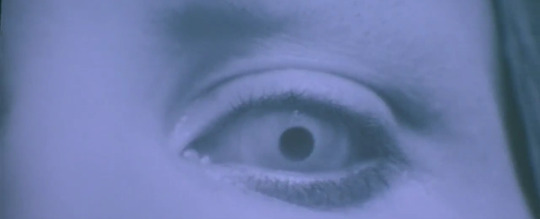


100 ꜰᴀᴠᴏʀɪᴛᴇ ꜰɪʟᴍꜱ
56/100 — lost highway | 1997
dir. david lynch ✦
#100 favorite films#lost highway#david lynch#films#cinema#movies#film#film frames#neo noir#film stills#cinematography#surrealist cinema#surrealist film#cinephile#screencaps#film tag#film is not dead#film lovers
477 notes
·
View notes
Text


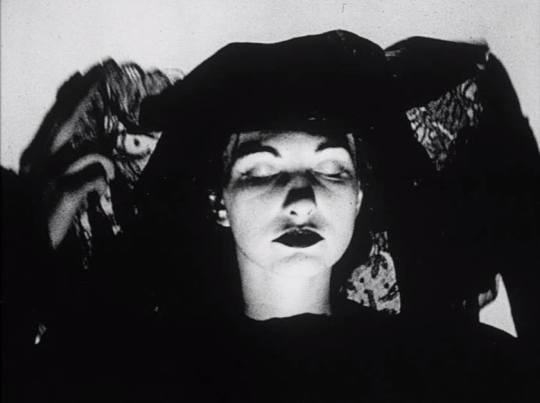

Maya Deren
#maya deren#art#photography#cinema#experimental#film#movie#cult#photooftheday#black and white#surrealist cinema#film still
62 notes
·
View notes
Text










Valerie and Her Week of Wonders (1970) dir. Jaromil Jireš
#valerie a týden divů#valerie and her week of wonders#jaroslava schallerová#valerie e sua semana de deslumbramentos#valerie e a semana de maravilhas#horror film#new wave#surrealist cinema#surrealist fantasy#movie scenes#movie stills#movies#movie quotes#movie screenshot#screencaps#screenshot#movie screencaps#coquette#cinema#cinematography#cinematografia#cinestill#stills#film stills#short film#filmedit#classic lolita#fantasy movies#dark academia#light academia
8 notes
·
View notes
Text
my edit, audio here.
16 notes
·
View notes
Text

Vertigo (1958)
#cinemetography#director#filmmaking#film major#film analysis#film stills#cinephile#cinematography#letterboxd#vertigo 1958#1958#alfred hitchcock#kim novak#surrealism#surrealist cinema
7 notes
·
View notes
Text
reviews | absurd cinema | biopic | comic
𝐀𝐛𝐬𝐨𝐥𝐮𝐭𝐞𝐥𝐲 𝐀𝐛𝐬𝐮𝐫𝐝 𝐚𝐧𝐝 𝐂𝐨𝐦𝐢𝐜𝐚𝐥𝐥𝐲 𝐂𝐡𝐚𝐫𝐦𝐢𝐧𝐠
An artist biopic unlike anything you have ever seen
.·:*¨༺ __________________

Judith (Anaïs Demoustier) trying to conduct an interview with Salvador Dalí (Gilles Lellouche) on the beach.
How many Dalís is one too many? You might ask yourself this while watching Quentin Dupieux’s latest work. Daaaaaalí! (2023) is, as the screaming title already suggests, a film about the Spanish artist – but not like you have ever seen before. In the opening scene, mustache-twirling and cane-bearing Dalí (Gilles Lellouche) strides down a hotel corridor. Only for Dalí (Édouard Baer) to walk its length once more. And then, who would have guessed, Dalí (Jonathan Cohen) does it all over again. In this comic prelude, the ever-body-changing character is late for an interview but never seems to arrive at his destination as the distance of the hallway stretches into infinity.
Daaaaaalí! is full of such amusing instances. Dupieux’s film depicts a young pharmacist-turned-journalist, Judith (Anaïs Demoustier), who attempts to start off her new career path by meeting one of the biggest artist names of the 20th century. What begins as a simple interview with the surrealist ends up being a headlong plunge into his whimsical world. Judith soon realizes that Dalí has his own ideas about her project. And while the interview turns into a documentary film that never gets off the ground, reality is turned upside down. Characters wake up from dreams that never end, dead dogs rain down from a cloudless sky, and gun-slinging cowboys terrorize art auctions.
Sounds a little absurd? Well, that’s exactly the point. The film successfully manages to break out of the never-ending stream of solemn self-assertive biopics by being less concerned with an accurate portrayal of reality and more with crafting a tone that honors the ethos of the historical figure. What makes the work so cleverly charming is that Dupieux has encapsulated the bygone spirit of Surrealism in contemporary form. Daaaaaalí! is a delicious accumulation of absurdity, much like the movement itself.

Two of Dalí’s models posing for the artist’s painting.
In an early scene in the film, a highly-focused Dalí is seen sitting in the midst of a desolate landscape. With close precision, he is applying brush strokes to his easel. “Sir! Can we take a break?” comes a shout off-screen. The camera whips around to reveal a baffling setting. The two men acting as the painter’s models possess strangely disfigured proportions, one of them propping up his grotesquely elongated head with a wooden pitchfork. The scene pays a delightful homage to Dalí’s 1932 The Fine and Average Invisible Harp by transforming his vision into cinematic reality. And even beyond such clear referentialities, the film’s visual themes closely evoke the artist’s comically-constructed compositions. Dupieux has reached deep into Dalí’s palette, painting a Surrealist masterpiece of his own.
Daaaaaalí! certainly is a testimonial to the persistence of the bizarre. At the same time, the film works so well because it does not try to infuse the scenes with a layer of sober significance. It departs from a purely rational treatment of the narrative it creates. Instead, the events on-screen rely on ridiculousness. The audience is expected to laugh, to get lost in the endless comedic repetitions and the silly oddities of the characters. When Dalí is involved nothing makes sense, nor does it have to. Consequently, watching the film is a lot like contemplating one of the painter’s works: initially confusing, undoubtedly absurd, yet highly entertaining for eyes and mind.
With that, Dupieux's work tells more about Surrealist ideas than many previous documentaries out there could. Daaaaaalí! has manifested itself as a monument to the movement, a rollercoaster of funkiness and madness that the painter himself would have certainly appreciated.
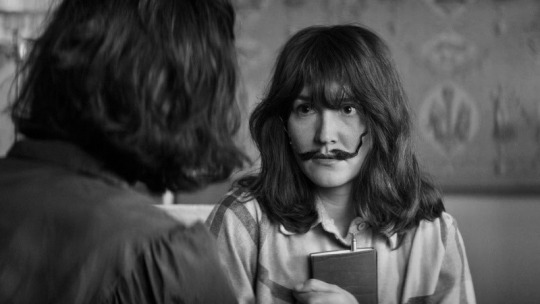
Judith (Anaïs Demoustier) wearing the Dalí mustache.
__________________ ༻¨*:·.
#surrealism#surrealist art#surrealist cinema#surrealist film#absurd cinema#cinema#film#review#film review#quentin dupieux#salvador dali#biopic#french cinema#thechimerasreviews
3 notes
·
View notes
Photo


The Hourglass Sanitorium (1973)
27 notes
·
View notes
Photo
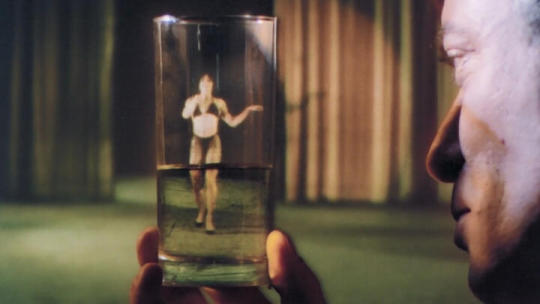
Three Crowns of the Sailor (Les Trois Couronnes du Matelot) | Raúl Ruiz | 1983 | France
#cinema#film grab#movies#art films#film still#raúl ruiz#surrealism#oneiric#fabulist#surrealist#surrealist cinema#oneiric cinema#fabulism#fabulist cinema#three crowns of the sailor#les trois couronnes du matelot#80s cinema#80s#1983
9 notes
·
View notes
Text

Valerie and Her Week of Wonders (1970) poster.
Posters, stickers, apparel, etc... available!
Links in bio 🖤
#valerie and her week of wonders#czech cinema#surrealist cinema#cinema#movies#horror#poster design#movie poster#70s#vintage#vampires#feminist#girl power#coming of age
20 notes
·
View notes
Text
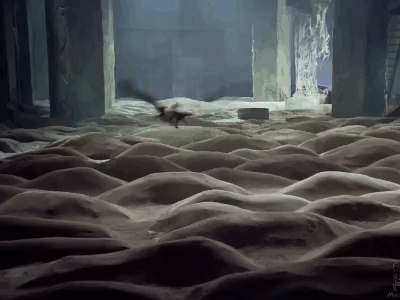
Stalker (1979) - dir. Andrei Tarkovsky
#andrei tarkovsky#stalker#soviet cinema#science fiction#scifi#cinema#surrealist cinema#arthouse cinema#movie scenes#movie gifs#film gifs#cinematography#sand dunes#dunes
535 notes
·
View notes
Text
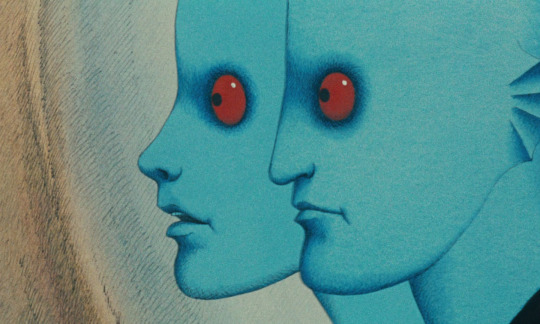





a collection of surrealist films 🌀
✧ ‘Fantastic Planet’ (1973) dir. René Laloux
✧ ‘Mirror’ (1975) dir. Andrei Tarkovsky
✧ ‘House’ (1977) dir. Nobuhiko Obayashi
✧ ‘Belladonna of Sadness’ (1973) dir. Eiichi Yamamoto
✧ ‘Daisies’ (1966) dir. Vêra Chytilová
✧ ‘Lost Highway’ (1997) dir. David Lynch
➞ note: surrealist cinema involves shocking or absurd imagery to challenge the idea of reality, and often depicts characters in unrealistic situations or even dream-like states
#surrealism#surrealist cinema#films#cinema#movies#fantastic planet#film#film frames#cinematography#film stills#screencaps#surrealist film#film tag#film lovers#film community#film lover
351 notes
·
View notes
Text
On August 26, 1983 Monty Python's The Meaning of Life debuted in Norway.

#the meaning of life#monty python#anthology film#comedy movies#surrealist cinema#movie art#art#drawing#movie history#satire#norway
3 notes
·
View notes
Text
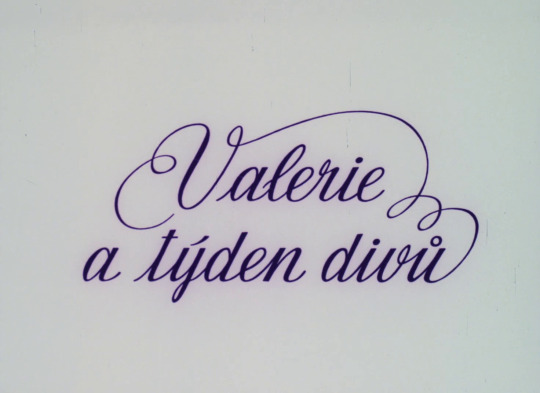

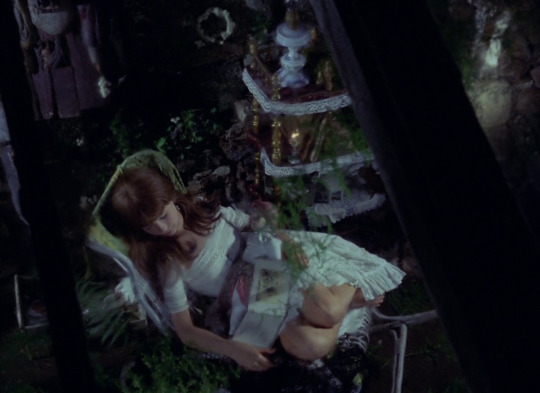





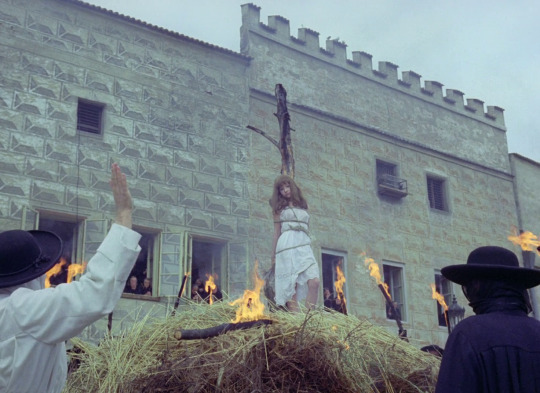

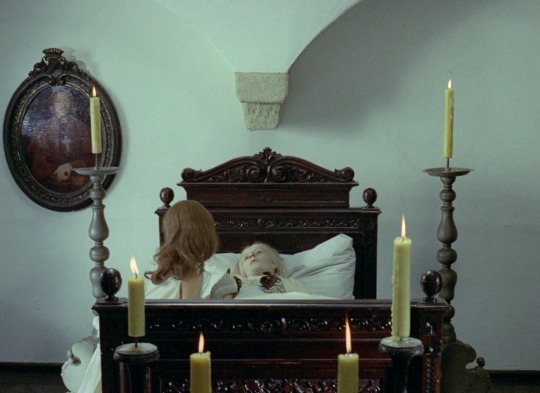

VALERIE AND HER WEEK OF WONDERS (1970)
Director: Jaromil Jireš
Cinematography: Jan Čuřík
#valerie and her week of wonders#valerie a týden divů#jaromil jireš#jaroslava schallerova#helena anýžová#petr kopřiva#jiří prýmek#70s#70s movies#folk horror#czech cinema#czech movies#czech horror#surrealist movies#gothic#gothic aesthetic#gothic horror#fantasy#cinematography#movie screencaps#movie screenshots#movie frames#film screencaps#film screenshots#film frames#screencaps#screenshots
232 notes
·
View notes
Text
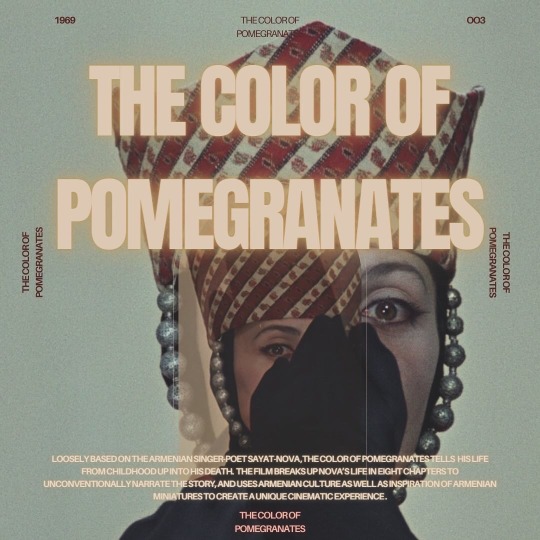

The Color of Pomegranates (1969)
#cinemetography#director#filmmaking#film major#independent film#cinematography#letterboxd#film stills#film analysis#cinephile#cinema#surrealist cinema#surrealism#the color of pomegranates#sergei parajanov#armenian#ar
1 note
·
View note
Text
The Blood Of Jesus (1941)- Dir. Spencer Williams


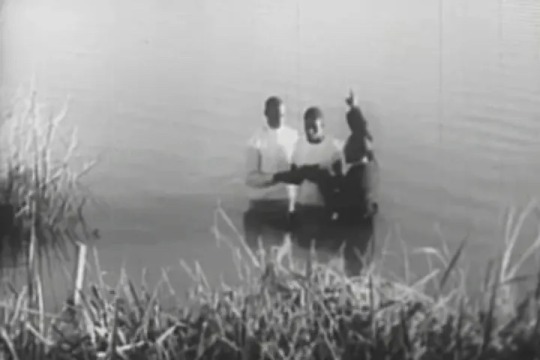

In the rich history of low budget Black cinema, there are a few rare gems that I feel every Black person should see in their lifetime. Among them is "The Blood of Jesus" (1941), a groundbreaking film directed by the multi-talented Spencer Williams. This film lays the groundwork for Black indie films with its ghastly folk aesthetic, non linear storytelling and angelic imagery. "The Blood of Jesus" remains an essential cinematic experience even after more than eight decades.
Now why THIS film?
"The Blood of Jesus" holds a special place in the annals of Black cinema as one of the first feature-length films to be produced and directed by a Black filmmaker. This milestone not only paved the way for future filmmakers but also provided a platform for authentic representation and storytelling.
The storyline is the classic “in between heaven and hell” trope and it is executed in such a stylistically sound way that it kept me glued to the screen. It reminded me surrealism and Dadaism which was huge in white cinema and literature at the time. This is early Afrosurrealism, dare I say. We see masterful interaction with atmospheric lighting, symbolic dream sequences, and breathtaking slow dissolves. It has lots of non-linear storytelling which is seen in many different Black indie films, especially from the 90s and it was fun making this connection.
Here’s a brief synopsis:
The film tells the story of a young woman named Martha, played by Cathryn Caviness, who is accidentally shot by her husband, Razz Jackson, portrayed by Spencer Williams himself. As Martha lies between life and death, her soul is caught in a cosmic struggle between the forces of good and evil. The narrative takes the viewers on a spiritual journey, as Martha's soul encounters various characters, symbolizing the temptations and choices she must confront. The film skillfully weaves together elements of Christianity and African American spirituality, highlighting the interconnectedness of faith and culture.
Written by your favorite Black film head, welcome to Nigga Mag.
-M
#surrealist writing#black storytelling#black stories#vintage black glamour#black films#surrealism#film blog#filmmaking#director#first post#decade: 1940s#1940s cinema#afrosurrealism
88 notes
·
View notes